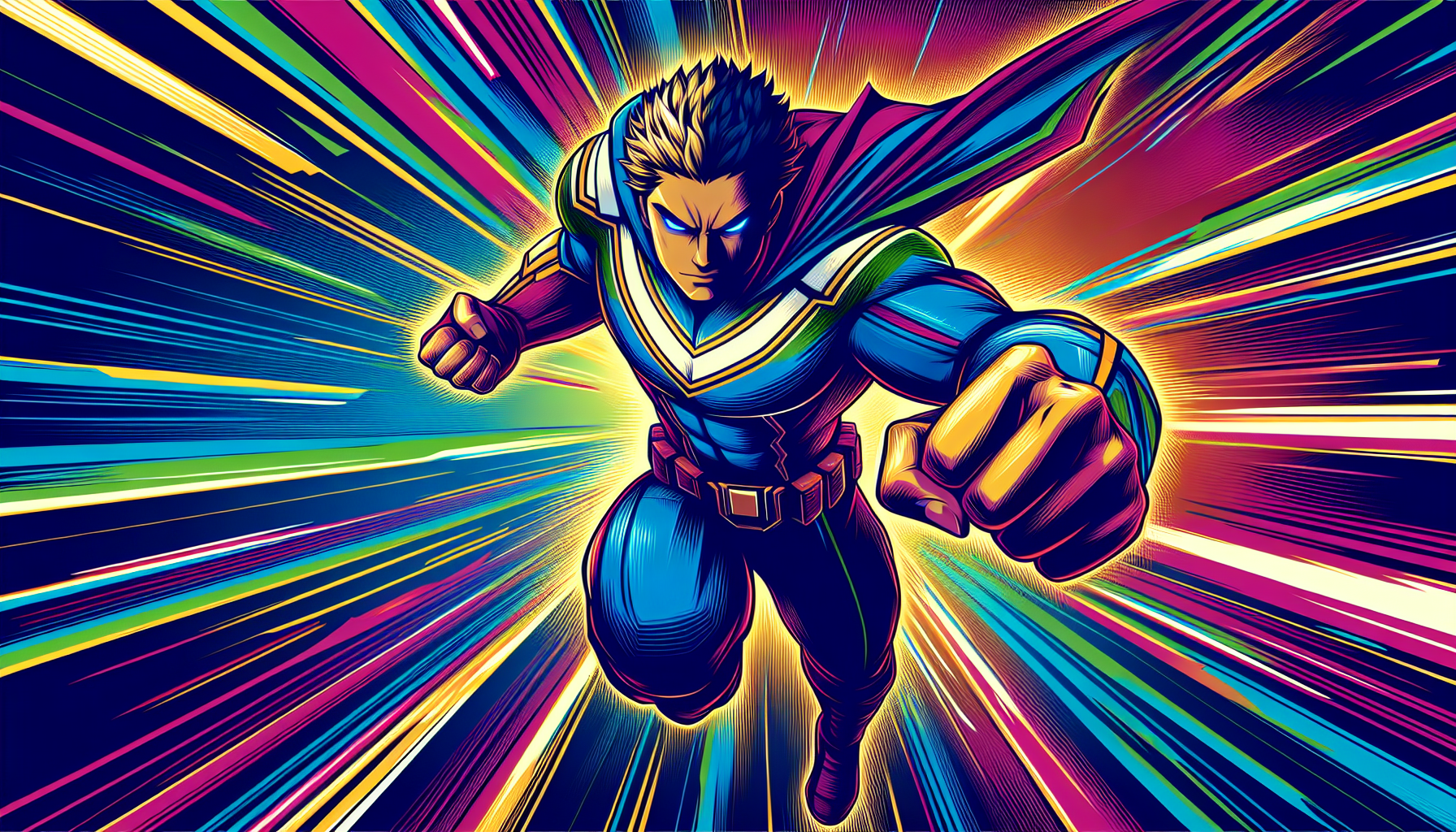Delving into the World of 'One Punch Man'
The world of 'One Punch Man' is a realm where the mundane meets the extraordinary. This popular series, originally created by the artist ONE, has captivated audiences with its blend of humor, action, and unique storytelling. If you're looking to master the art of creating within this fascinating universe, there are several key aspects to focus on, including art style, character design, and the depiction of epic fight scenes.
Understanding the Art Style
'One Punch Man' exhibits a distinctive art style that elegantly balances simplicity with intricacy. The series initially began as a webcomic with relatively simple designs, which allowed the focus to remain on the storytelling and comedic elements. However, as the series gained popularity and was adapted into a manga and anime, the art style evolved to a more detailed and polished form.
Mastering this art style involves understanding how to convey emotion and action through minimalistic expressions for comedic scenes and highly detailed artwork for intense moments. Artists often use exaggerated features and movements to highlight punchlines or action impacts, which keeps the audience engaged.
Crafting Unique Character Designs
One of the hallmarks of 'One Punch Man' is its diverse cast of characters, each with unique designs that reflect their personalities and abilities. From the unassuming hero Saitama, with his simple yellow jumpsuit and indifferent expression, to the flamboyant and intricate designs of villains like Boros, character design is a crucial element.
Creating characters in this world involves blending ordinary traits with extraordinary abilities, making each character stand out while still fitting into the overarching aesthetic. When designing characters, consider their backstory, role, and powers to craft a visual identity that is both memorable and coherent within the series' context.
Depicting Epic Scenes
The action scenes in 'One Punch Man' are a spectacle, often combining humor with high-octane action. Crafting such scenes requires a keen understanding of pacing, panel composition, and the impact of each punch or movement.
The choreography of fights should reflect the personalities and capabilities of the characters involved. Saitama’s battles, for example, often end with comedic ease, while other characters experience more intense and strategic encounters. Using dynamic angles, speed lines, and dramatic close-ups can enhance the sense of motion and excitement in each panel.
Embracing Humor and Satire
A fundamental aspect of the series is its use of humor and satire, often poking fun at typical superhero and shonen tropes. Mastering this involves integrating humor naturally into dialogue and scenes, allowing it to complement rather than overshadow the narrative.
The key is to understand the balance between action and humor, and how they can coexist to enrich the story. This includes creating moments of ironic contrast, such as a dramatic buildup followed by an anticlimactic punchline, which is often showcased in Saitama’s effortless victories.
Conclusion
Mastering the art of 'One Punch Man' involves more than just replicating its visual style; it requires an appreciation of its thematic depth, humor, and innovative approach to storytelling. By focusing on these elements, you can capture the magic that makes this series so beloved, potentially inspiring your own creative endeavors in the world of animation and manga. Embrace the challenge, and punch your way into creating compelling and dynamic stories.
